Electric equipment is desperately needed to keep the country from freezing.
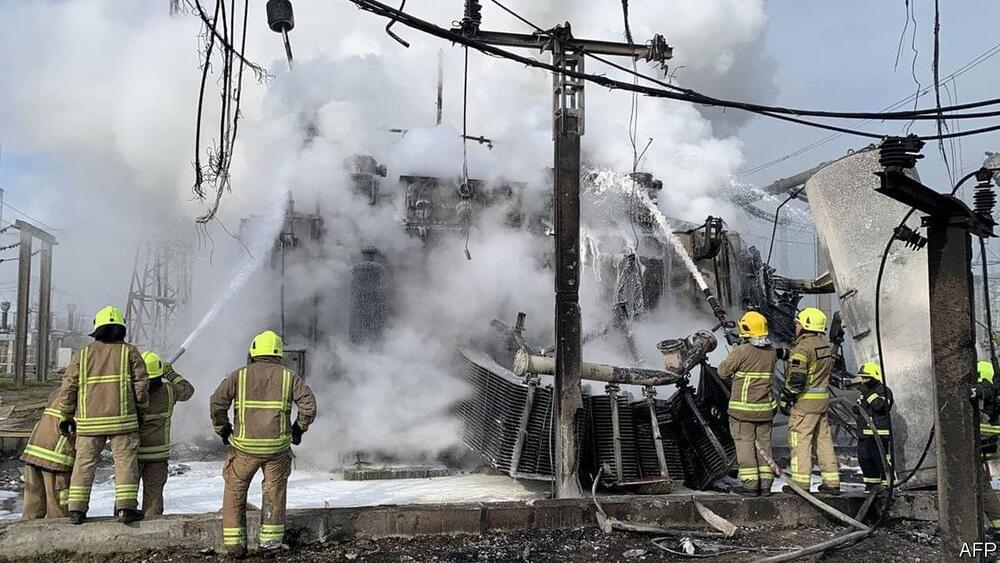

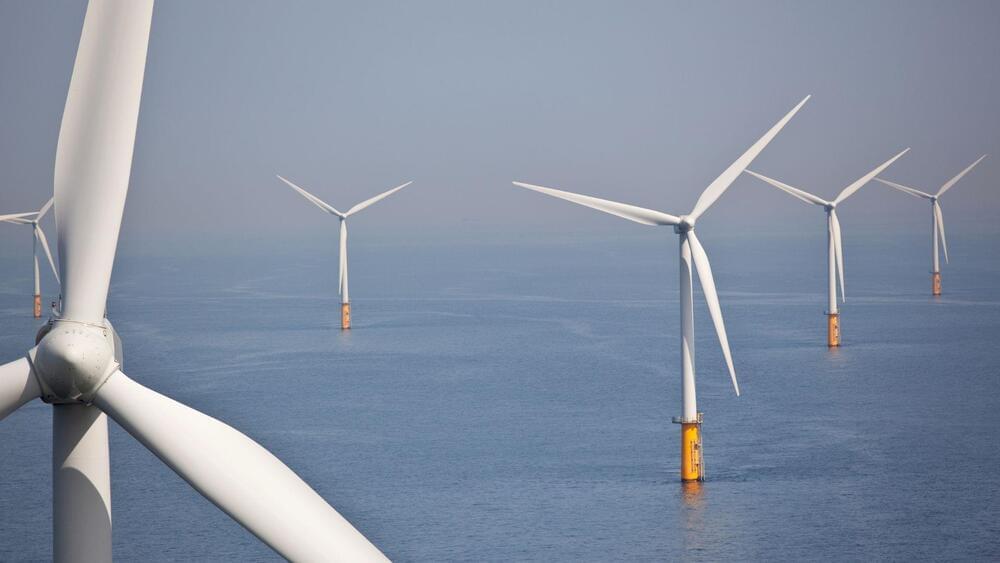
The 10-kilometer-long offshore farm would be bigger than all of the power plants in Norway combined.
China plans to break its own record for the world’s largest wind farm by constructing a new one before 2025 that could power more than 13 million homes.
Work on the project will begin “before 2025.” It will surpass the largest wind farm in the world once it is finished, according to Guangdong province officials.
Freezingtime/iStock.
The 14th five-year plan for Chaozhou, China’s Guangdong province, was released last week, outlining the city’s ambitious plans for a 43.3 gigawatt (GW) project in the Taiwan Strait.

Compressed air energy storage (CAES) is expected to play a key role in China’s clean energy push and the latest project announcement attests to the fact.
According to a media statement from the state-owned Assets Supervision and Administration Commission of the State Council, construction started on a 350 MW/1.4 GWh CAES project in the province of Shangdong on September 28.
Once completed, the Tai’an demonstration project is expected to be the world’s largest salt cavern CAES project, comprising two units for a total of 600 MW. The 350 MW system, which will be delivered in the first phase, is being jointly built by China Energy Engineering Group and Tai’an-based Taian Taishan New Energy Development to the tune of CNY 2.23 billion ($311 million).
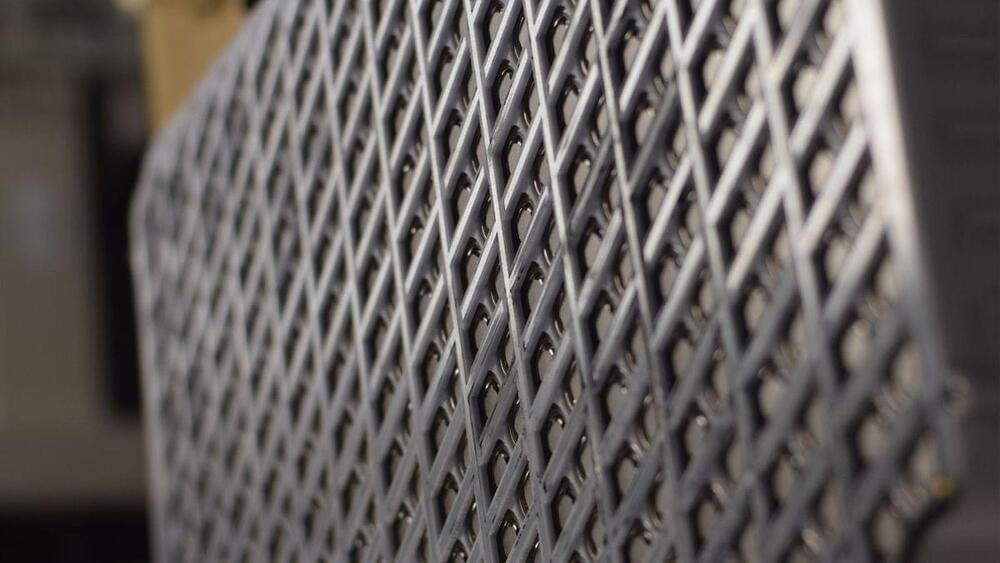
It will also increase energy density by 30 percent.
The innovative UK start-up Ionetic, specializing in EV battery pack technology, introduced its cutting-edge EV battery pack design platform, which can shorten the time and cost of development for automakers developing new electric vehicles.
It has traditionally been expensive and time-consuming for many automobile firms to provide a high-performance and secure battery pack solution. Fully customized designs are frequently out of reach for most consumers, while current off-the-shelf battery pack solutions have low energy density and optimization. This is especially true for specialty, low-volume automakers who have particular needs.
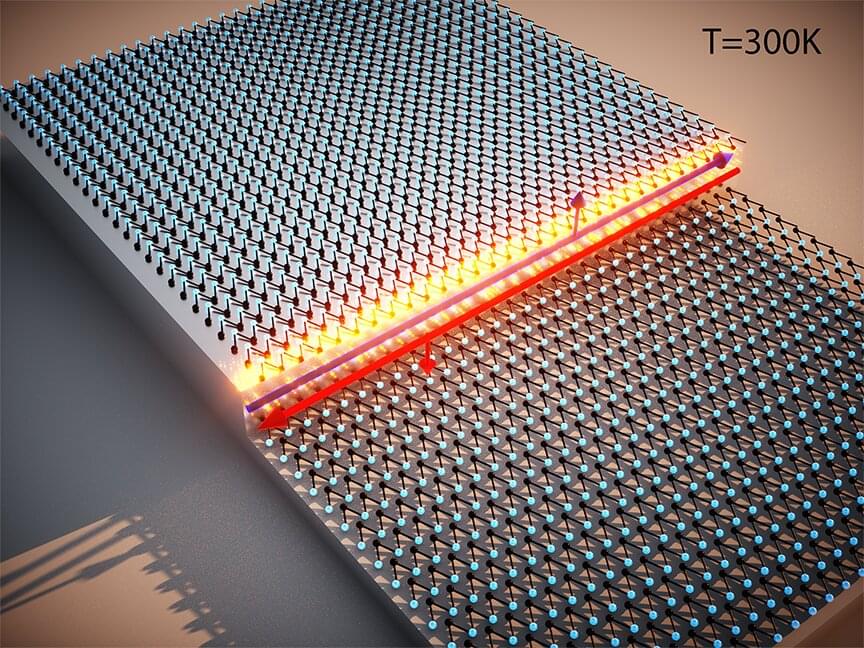
For the first time, physicists have observed novel quantum effects in a topological insulator at room temperature. This breakthrough, published as the cover article of the October issue of Nature Materials, came when Princeton scientists explored a topological material based on the element bismuth.
The scientists have used topological insulators to demonstrate quantum effects for more than a decade, but this experiment is the first time these effects have been observed at room temperature. Typically, inducing and observing quantum states in topological insulators requires temperatures around absolute zero, which is equal to-459 degrees Fahrenheit (or-273 degrees Celsius).
This finding opens up a new range of possibilities for the development of efficient quantum technologies, such as spin-based electronics, which may potentially replace many current electronic systems for higher energy efficiency.
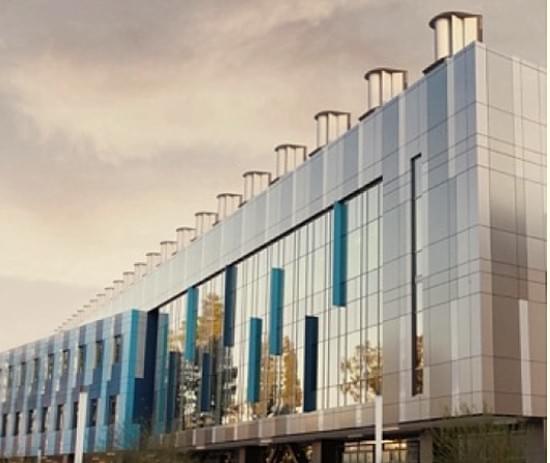
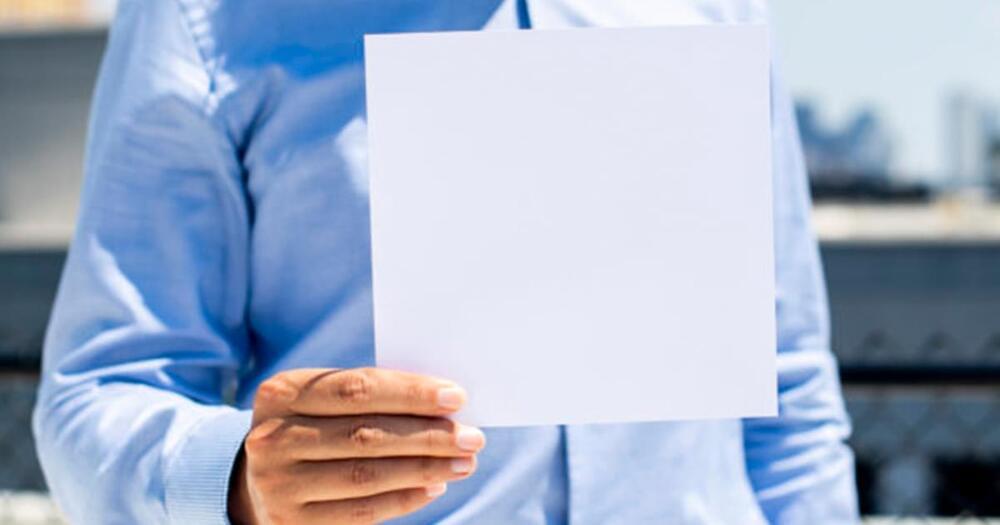
Air conditioning is something you barely notice — until the power goes out, and it no longer works. But what if keeping cool didn’t require electricity at all?
A scientist has invented a material that reflects the sun’s rays off rooftops, and even absorbs heat from homes and buildings and radiates it away. And — get this — it is made from recyclable paper. The essential AC: Air conditioners are in 87% of homes in the United States, costing the homeowner $265 per year, on average. Some homes can easily spend twice that.
With global temperatures on the rise, no one is giving up their AC. More people are installing air conditioners than ever before, especially in developing countries where the middle class can finally afford them. 15 years ago, very few people in China’s urban regions had air conditioners; now, there are more AC units in China than there are homes.
Bill Gates founded Breakthrough Energy and has recently announced that its first Catalyst project funding will come in the form of a $50 million grant to LanzaJet’s Freedom Pines Fuels sustainable aviation fuel (SAF) plant in Soperton, Georgia.
Breakthrough Energy Catalyst is a unique program that brings together businesses and nonprofits to fund key first-of-its-kind commercial-scale projects that speed up the deployment of essential technologies.

Most efforts so far have relied on external heating and cooling systems, but these add a lot of bulk and also tend to use up a considerable amount of energy themselves. The researchers’ innovation, outlined in a recent paper in Nature , was to add an extra component to the batteries: a sheet of nickel foil just a few micrometers thick between the stacked electrodes of each cell.
This ultra-thin sheet is used as a heating element, and when a current is passed through it the cell heats up to 149° Fahrenheit in about a minute. This temperature is maintained through charging, but the cell then quickly cools back to room temperature as soon as the current is switched off.
When they tested their approach, the researchers found that they could charge a 265 watt-hour battery to 70 per cent in 11 minutes. They also showed that heating the battery didn’t seriously affect its lifetime, as it survived 2,000 cycles of charging, which would provide enough energy to drive more than 500,000 miles overall.

Hydrogen gas could someday replace fossil fuels as a “clean” energy source, producing only water and energy. However, handling large quantities of gaseous hydrogen is cumbersome, and converting it to a liquid requires vessels that can withstand extremely high pressures. Now, researchers reporting in ACS Central Science have developed a method to store and release highly pure hydrogen with salts in the presence of amino acids.
The reversible storage of hydrogen in solid salts has emerged as one potential way to make the fuel easier to transport and handle, but the reactions to do this require precious metals as catalysts and may produce carbon dioxide as an unwanted byproduct. So, Henrik Junge, Matthias Beller and colleagues developed effective storage-release systems with both bicarbonate and carbonate salts, as well as manganese, which is a more widely available metal catalyst.
The researchers found that converting bicarbonate and hydrogen into formate, and vice versa, was most effective with potassium salts, a manganese-based catalyst and lysine—an amino acid that acted as an additional promoter and reacted with carbon dioxide to capture it—at reaction temperatures below 200 F. After five storage-release cycles, the reaction system produced hydrogen with a high yield (80%) and purity (99%).